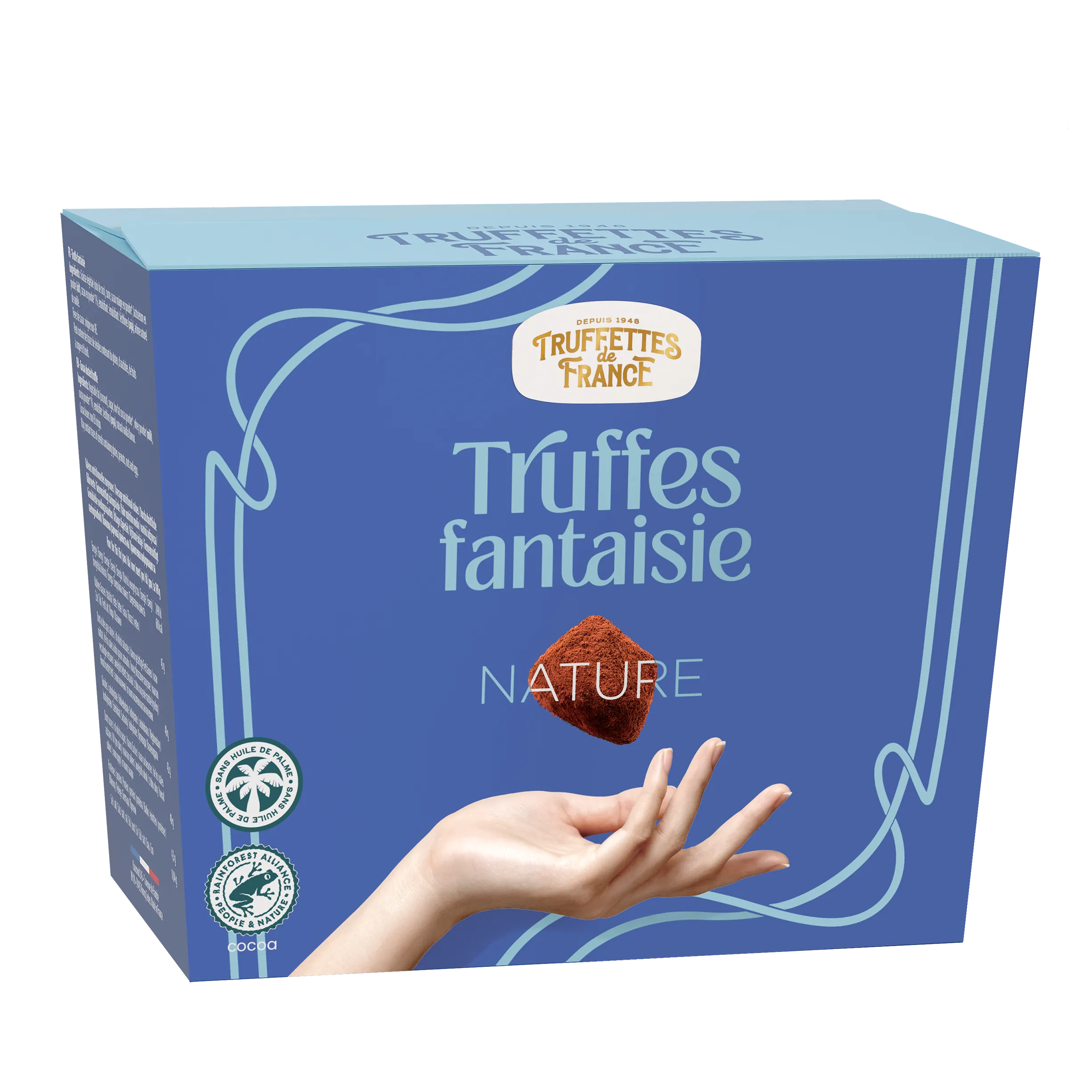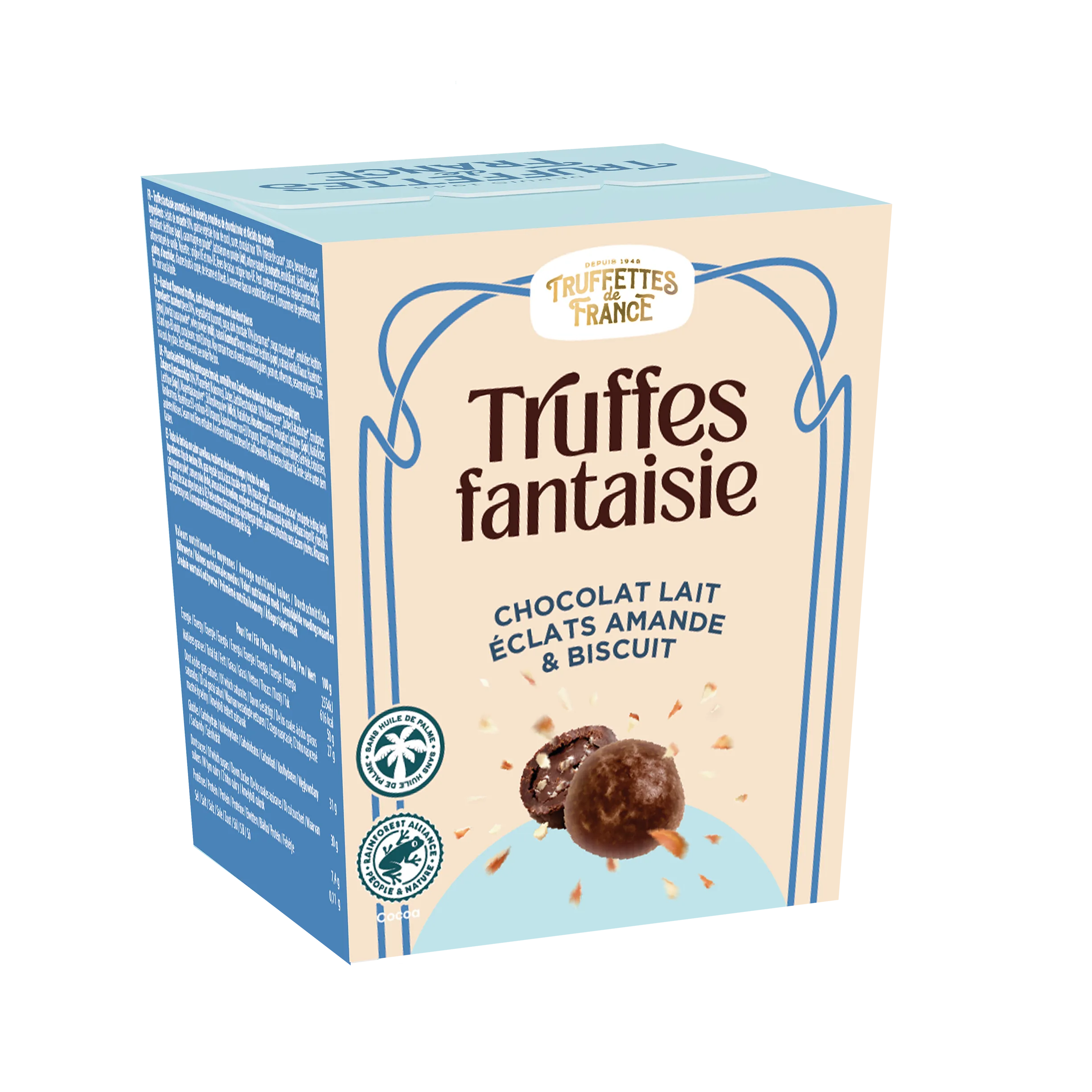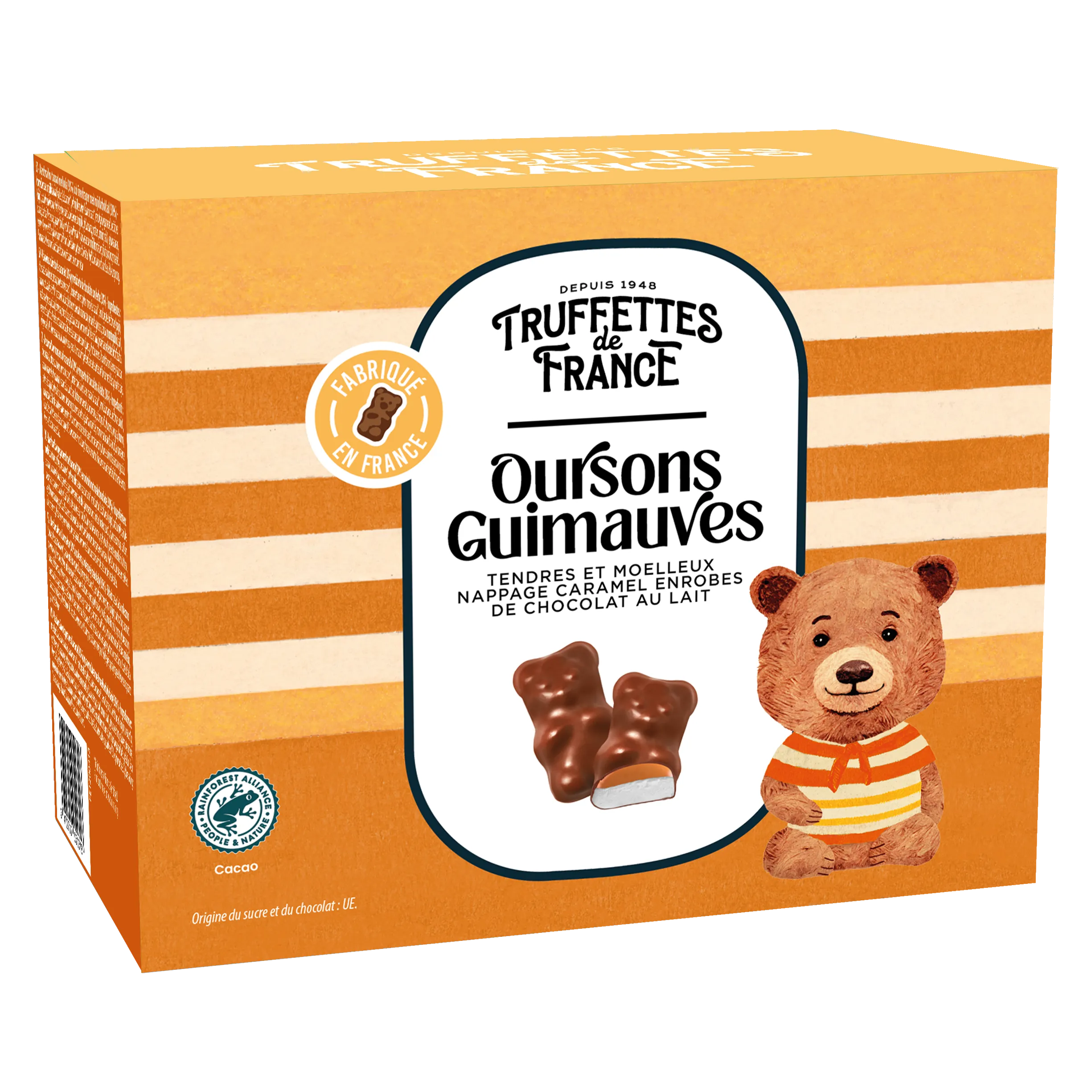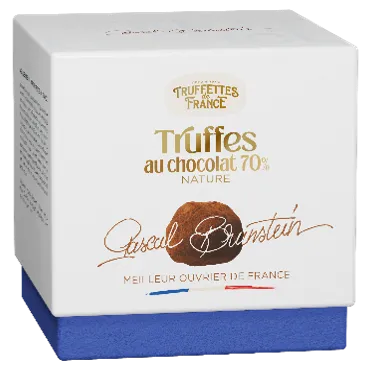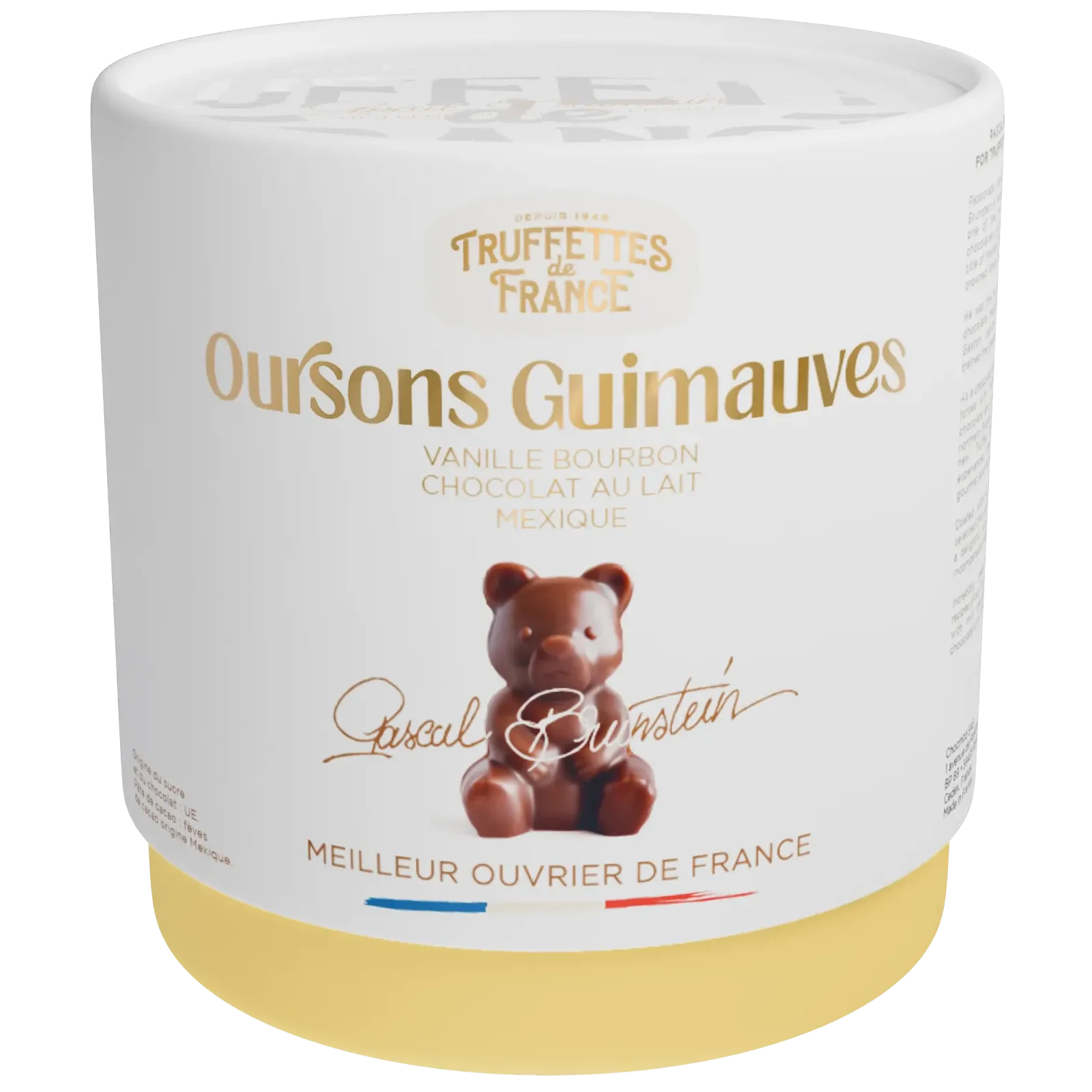Definition : Trinitario cocoa
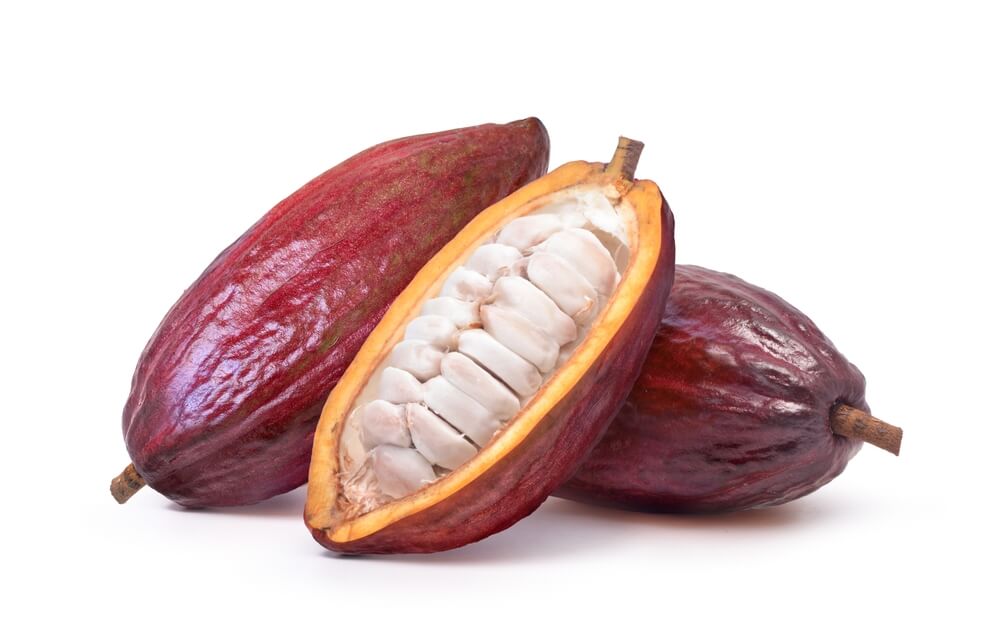
In the world of chocolate, there are different types of cocoa that are appreciated for their distinct flavors. Among these, Trinitario cocoa occupies an important place due to its taste qualities and special history. In this article, we invite you to discover this exceptional cocoa tree and unveil the secrets behind its renown.
Origins and history of Trinitario cocoa
The name "Trinitario" refers to the island of Trinidad in the West Indies, where this variety originated. Cacao Trinitario is a hybrid born in the 18th century from the meeting of two other cocoa trees native to South America: Cacao Criollo and Cacao Forastero.
Criollo cocoa
Considered the king of cocoas, Criollo is extremely rare, accounting for less than 5% of the world's cocoa production. It is known for its extraordinary aromatic finesse and creamy, fruity, slightly spicy notes.
Forastero cocoa
Much stronger than Criollo, Forastero accounts for around 85% of global cocoa production. Its taste is more powerful and bitter, emphasizing the typical notes of dark chocolate. It is the basic ingredient in many industrial chocolates.
Cacao Trinitario is therefore not a pure species, but a skilful blend of these two types of cocoa tree. Its birth is the result of a natural disaster: in 1727, a cyclone ravaged the Criollo plantations on the island of Trinidad, causing them to virtually disappear. The few plants that survived were then crossed with Forastero plants newly planted in the region.
Characteristics of Trinitario Cocoa
Trinitario Cacao inherits the best qualities of its Amazonian parents: its beans combine the aromatic finesse of Criollo with the robustness of Forastero. This blend gives it a unique flavor with fruity, slightly spicy notes that are less bitter than those of Forastero.
Production area
Today, Trinitario cocoa is grown not only in the Caribbean, but also in many other cocoa-producing countries such as Venezuela, Nicaragua, Madagascar, Cameroon and Indonesia. Each of these regions offers Trinitario varieties with flavour nuances specific to their local terroir.
Performance and strength
Unlike the Criollo, which is highly susceptible to disease and parasites, the Trinitario draws from its Forastero ancestry a much more interesting agronomic potential: it is robust, resistant and offers good yields. This characteristic partly explains the predominance of Trinitario cocoa in cocoa plantations around the world.
The art of tasting chocolate made with Cacao Trinitario
Tasting chocolate made from Cacao Trinitario beans is an experience rich in flavors and aromas. Here are a few tips on how to enjoy it to the full:
- Bean processing: pay close attention to harvesting, fermenting and drying techniques, because the choice of a noble raw material like Trinitario Cocoa must be accompanied by impeccable know-how.
- Geographical origin: pay close attention to the country of production, as each terroir brings its own particular touch to the chocolate's flavors. Enthusiasts can discover the unique aromatic profiles dictated by these different regions.
- Cocoa content: choose a high percentage of cocoa to fully appreciate the unique aromatic palette of Trinitario.
- Textures and temperature: take the time to melt the chocolate slowly in your mouth so that it reveals its different textures as you taste, and releases the more complex aromas.
- The perfect match: pair your Trinitario chocolate with complementary foods such as dried fruit, nuts or a glass of full-bodied red wine to enrich the taste experience.
Trinitario cocoa and sustainable development
In a global context of ever-increasing demand for chocolate, it is essential to take into account the environmental and social challenges that cocoa production can entail. With this in mind, choosing chocolate made from Trinitario Cacao beans sourced from environmentally-friendly plantations is a responsible solution for preserving our planet and supporting local producer communities.
So, opt for fair trade and organic products to be sure of consuming chocolate that takes these requirements into account, both in terms of the quality of the cocoa beans and the social and ecological conditions under which they are grown.
Provisional conclusion
In short, Trinitario cocoa is a success story in every respect: its extraordinary history, promising agronomic potential and aromatic richness make it an undisputed treasure of the cocoa world. For chocolate lovers eager to explore new flavors, Trinitario varieties offer a unique opportunity to discover and appreciate this precious heritage from the West Indies.

